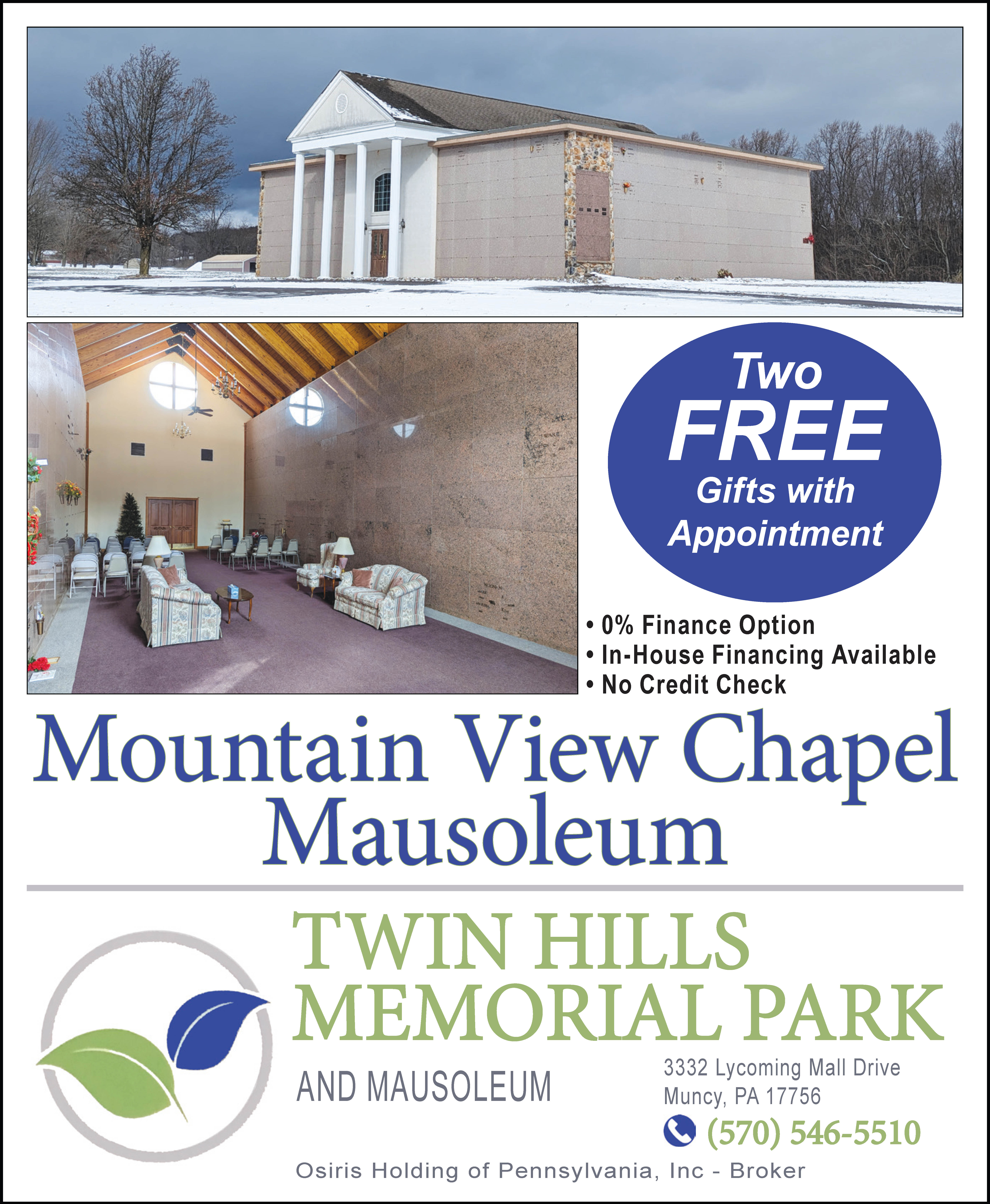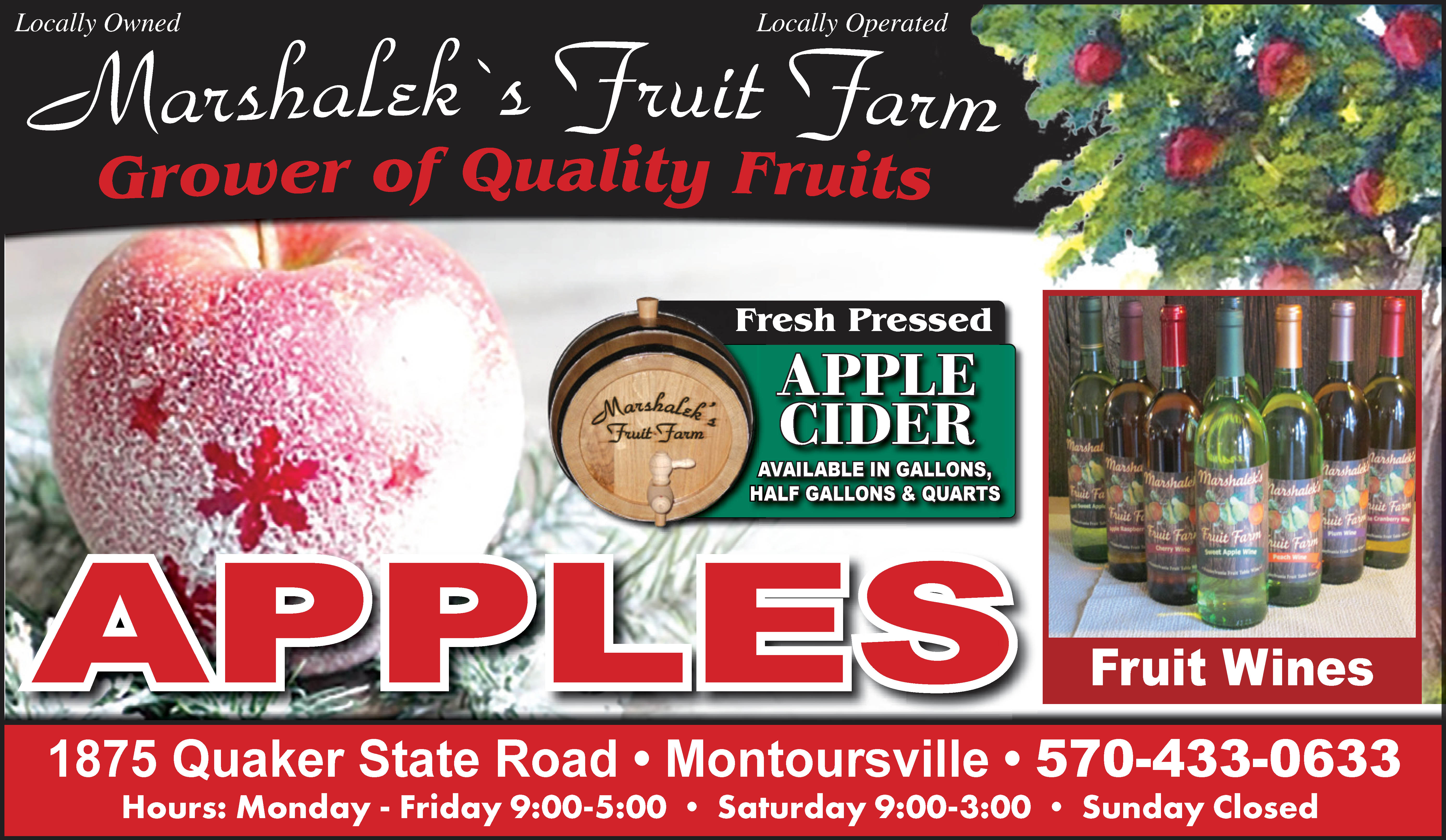When River Valley Transit celebrates its 50th year of existence on August 8 and 9 it will be commemorating a Williamsport area public transportation tradition that extends more than 150 years.
The most enduring and perhaps best-remembered form of mass transit in Williamsport was the trolleys. Their 70-year run is still commemorated today with the running of the Herdic, Weightman and Stotz trolleys.
The era of intra-city transportation began with the trolleys or streetcars in the late 1850s and early 1860s. The “Lumber Boom” that started to take off during that time gave rise to the wealthy class of lumber millionaires and, as an expression of civic pride, they encouraged the development of a streetcar or trolley line.
According to the River Valley Transit website, “the period from the 1890s through World War I was the heyday for the trolleys. Trolley parties were very popular during the summer months, and parents would often charter a trolley car for an evening for children’s outings.”
The trolleys did a brisk business bringing recreation seekers to various spots along the trolley lines. These included such places as a nine-hole golf course just west of Woodmont Avenue, as well as Vallamont Park along the Vallamont line. This line also served the area of Athletic Park where Williamsport Millionaires, this city’s great professional baseball team in the Tri-State League from 1904 to 1910 played, copping three championships. Trolleys also took people to such venues as Starr Island and Indian Park.
One trolley line even went from Campbell Street to the gates of the Wildwood Cemetery. The trolley lines’ equipment was always being improved to meet the expansion of business.
Around the time of World War I, the trolleys started to have to battle competition from the now-burgeoning world of the automobile as well as jitney buses. Regular buses started to make their appearance around 1925, and this further cut into the trolley’s business.
The last great blow that ultimately did the trolley in was the onset of the Great Depression. By June 1933 the trolleys were on their way out. On June 11, 1933, at 1 a.m. the last trolley in Williamsport ground to halt ending a glorious 70-year era.
Almost immediately after the demise of the trolleys, buses replaced them under the auspices of a company owned by Olean, N.Y. businessman, Alvin R. Bush, and his newly christened Williamsport Transportation Company. The bus fleet of the company began with 15 buses. Bush used the same schedules, stops, a nd routes as the old trolley system.
World War II caused a number of changes to the operation of the bus system because of war caused fuel restrictions, many imposed by the federal Office of Defense Transportation. These changes included the reduction of a number of routes and the elimination of various bus stops. It was also difficult during these years to acquire new parts for the buses and get needed gasoline and lubricants, as well as new buses.
As post-war normalcy returned, the bus system played a role in the growth of Williamsport and surrounding communities. Because of an increase in ridership and the growth in the number of buses running on Williamsport streets, particularly in the downtown area, Williamsport City Council passes ordinances making Fourth and Third Streets one-way thoroughfares in the environs of the downtown. As part of this alteration, the downtown stops were restricted to new stops on the south side of Third west of Court, the east side of Market south of Fourth, the north side of Fourth between Market and Court, and the west side of Market north of Fourth.
The bus company began to run major deficits that could not be met without subsequent fare increases, something Bush was loath to do. Finally, Alvin R. Bush sold his bus company to the Edwards Motor Transit Company for a price of $33,000.
The economic situation under the Edwards management got no better, and subsequent fare increases did not help the situation. This was an era of cheap gas, and many more people had their own vehicles, causing ridership to take a dramatic turn downward.
By 1967 Edwards sold out to the Transcontinental Bus System, but the purchase did not include the Williamsport Bus Company. It seemed that continued bus service for the citizens of Williamsport and the surrounding areas was endangered. Williamsport Mayor Richard J. Carey took the lead in trying to save the bus service by proposing that the City of Williamsport by the Williamsport Bus Company. It was announced in October 1968 that the city had purchased the bus company for $75,000. The city then aggressively pursued federal and state grants to help upgrade and expand that system, as well as the building of garage and maintenance facilities. On August 8, 1969, the City officially began operation of the buses under the newly created Bureau of Transportation.
Tim Miller, Operations Manager for River Valley Transit, has been working for them for the 38 years. He said he even remembers when he was playing Little League during the late 1960s, there was a team in his league called “Williamsport Bus.”
During his 38 years of service, he has seen RVT go through many changes and improvements.
“I started at RVT (then City Bus) in January 1981, making me the 2nd longest employee here now after Bill Nichols. When I started, there were eight buses that City Bus received in the summer of 1980, which were the first buses we had that came equipped with a wheelchair lift, air conditioning, and power steering. We were still driving Twin Coach buses, which were purchased sometime in the ’70s and by the time I started were not in good shape. I will list some of the highlights I can think of below:
• In 1983 we received 8 Neoplan buses so at that time we had 16 new buses including the 1980 RTSs.
• Also, 1983 was the 50th anniversary of buses replacing Trolleys in Williamsport and a 50th anniversary took place on the Pine St. Mall
• In 1988 we started service to Lycoming Mall and Muncy
• In 1990 I became a supervisor after nine years as a driver
• In the winters of ’93, ’94 and ’95 we dealt with some really bad snowstorms and the flood in the winter of ’96 when we had buses helping to evacuate people from their homes along Lycoming Creek
• In January 2000 we began using the new Transit Centre which meant all buses could meet in the same location making transferring from one bus to another easier for our passengers. Before this, we used bus bays on Market at 4th and on 4th St. in front of Franco’s and in front of Ramin’s Pharmacy.
• In the Fall of 2005, we changed our name to River Valley Transit from City Bus.
• In 2012 we received our first CNG bus. We now have 18 CNG buses
• In 2013 we opened a Compressed Natural Gas fueling station, including a public area.
• In 2016 we began using Trade and Transit Centre II.
The mission statement of River Valley Transit states its goal is: “To meet mobility needs, enhance the quality of life, and support economic development and environmental goals by providing high-quality public transit service, managing and coordinating a range of other related services, and promoting transit-friendly development in Williamsport and North – Central Pennsylvania.”
RVT has also served as an engine for economic development for Williamsport and the surrounding area, acting as a partner on various economic development-related projects including, most recently the Gateway Project, near Lycoming College and location of a Kohl’s department store in downtown Williamsport.
RVT also operates the Peter Herdic Transportation Museum to the rear of the Thomas Taber Museum. It helps to celebrate our transportation heritage. RVT also operated the Hiawatha Riverboat Paddlewheeler at Susquehanna State Park.
Bill Nichols Jr. has been manager of River Valley Transit since 1978 and said he is very proud of what RVT has been able to accomplish through all those years and points with particular pride to how it has it has expanded regionally into such places as Jersey Shore, Lock Haven, and Muncy and how they have embraced the new technology in such ways as radio-equipped busses as well as busses fueled by compressed natural gas.
He said that RVT presently has a fleet of 33 busses, 18 of which are fueled by CNG and there are three trolleys, which are used in a variety of ways, particularly in connection with tourism.
According to Nichols, in 2018, RVT buses traveled more than 850,000 miles and provided more than 100,000 trips.
He expressed his pride as to RVT’s accomplishments stating, “I am pleased to tell you that 2018 was an outstanding year for River Valley Transit in all respects. Total ridership on our system totaled more than 1.3 million passenger trips, spurred in part by a 4.5 percent increase in senior citizen riders along with a 20 percent increase in trips made by passengers with disabilities requiring the deployment of wheelchair lifts or ramps. Thus, RVT continues to be a critical resource for meeting mobility needs in the City of Williamsport and surrounding areas.”
He continued, “Furthermore, our passengers are happy with the services we provide. In November of 2018, we conducted an onboard self-administered sample survey of 408 riders. The summary results showed 71 percent indicating that they were very satisfied and 29 percent indicating that they were satisfied with the overall service they received from RVT; no respondents indicated that they were dissatisfied with the service in any respect. Within this very narrow band of responses, the highest ratings were given regarding safe and competent bus drivers, helpfulness of employees, and driver courtesy and helpfulness. These superlative ratings give testament to the great customer service that is provided to our riders by our drivers and support staff every day.”
It appears that as RVT moves forward into the future, they have a bright future of service and innovation for their riders, which includes people like me.




Leave a Comment
Your email address will not be published. Required fields are marked with *